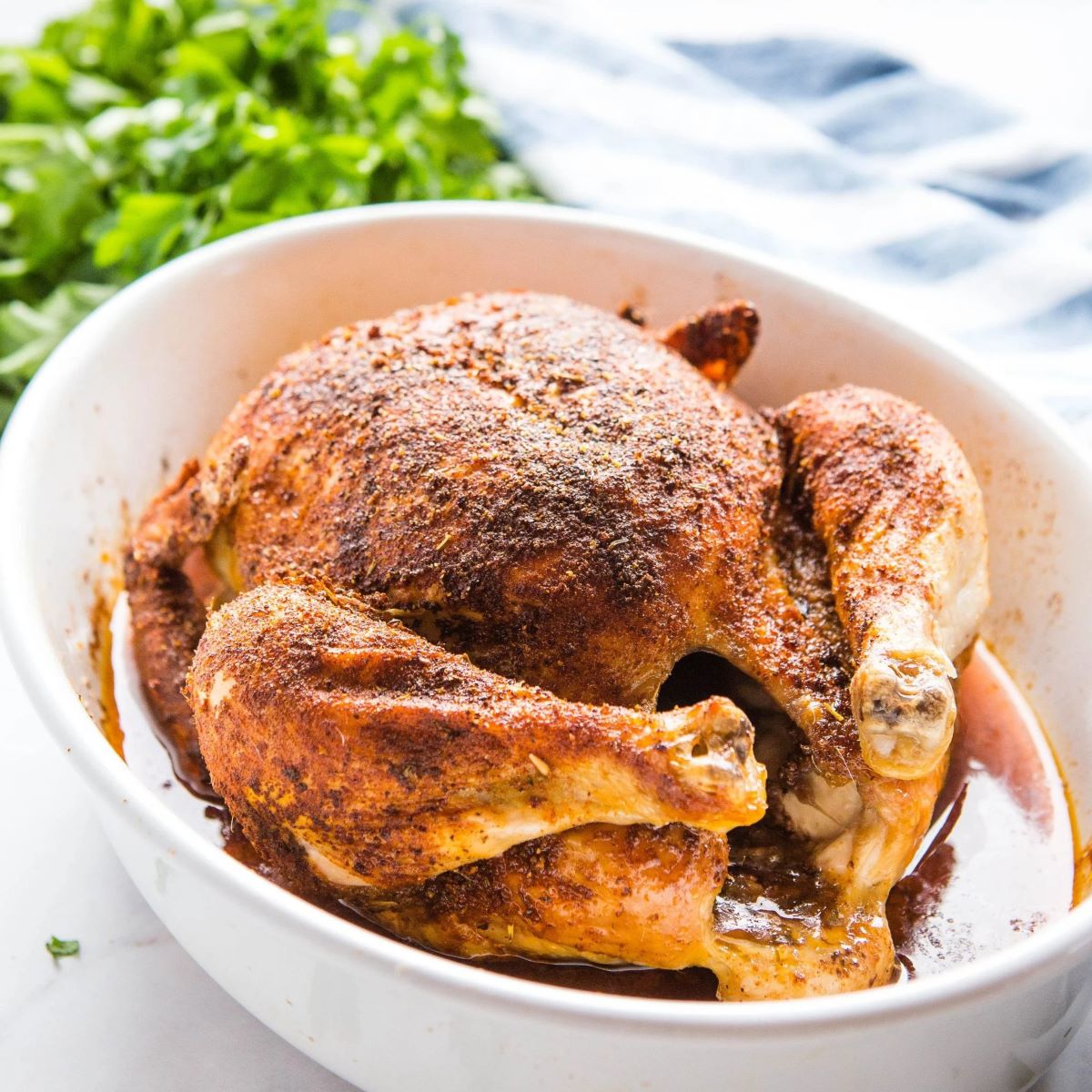

Articles
How To Store Rotisserie Chicken Until Dinner
Modified: August 24, 2024
Learn how to store and preserve your rotisserie chicken until dinner with these helpful articles. Find tips and tricks to keep your chicken fresh and flavorful.
(Many of the links in this article redirect to a specific reviewed product. Your purchase of these products through affiliate links helps to generate commission for Storables.com, at no extra cost. Learn more)
Introduction
Rotisserie chicken is a popular and convenient meal option for many households. The succulent flavor and tender meat make it an irresistible choice for dinners or quick lunches. However, what do you do if you have leftover rotisserie chicken and need to store it for later use?
In this article, we will explore the best practices for storing rotisserie chicken to ensure its freshness and quality until you’re ready to enjoy it. Whether you plan to refrigerate it for a few days or freeze it for longer storage, we’ve got you covered. Additionally, we’ll provide tips on properly reheating rotisserie chicken and even give you some creative recipe ideas for using up those leftovers.
So, if you’ve ever wondered about the proper way to store rotisserie chicken until dinner, keep reading! We’ll help you make the most out of your leftovers and ensure that every bite is as delicious as the first.
Key Takeaways:
- Properly storing rotisserie chicken is crucial for maintaining its flavor and safety. Follow best practices, refrigerate for 3-4 days, or freeze for up to 3 months to make the most of your leftovers.
- Get creative with leftover rotisserie chicken! From salads to stir-fries, there are endless delicious recipes to explore. Don’t let those leftovers go to waste – experiment and enjoy!
Read more: How To Store Costco Rotisserie Chicken
Best Practices for Storing Rotisserie Chicken
When it comes to storing rotisserie chicken, following a few key practices will help maintain its flavor, texture, and safety. By keeping these guidelines in mind, you can ensure that your leftover chicken stays delicious until your next meal.
1. Remove the chicken from its original packaging: Once you bring the rotisserie chicken home, take it out of its packaging. Leaving it in the plastic container or bag can trap moisture and lead to faster spoilage.
2. Transfer to an airtight container: To keep the chicken fresh, transfer it to a clean airtight container. This will help prevent any odors from seeping into the meat and keep it protected from bacteria.
3. Label and date the container: To easily track the freshness of the chicken, label the container with the date you stored it. This will help you stay organized and ensure that you use it within a safe timeframe.
4. Store in the refrigerator promptly: It’s important to refrigerate the rotisserie chicken as soon as possible. Aim to put it in the fridge within two hours of purchasing or cooking it.
5. Keep at the proper temperature: Store the rotisserie chicken in the coldest part of your refrigerator, typically the back of the bottom shelf. The temperature should be below 40°F (4°C) to inhibit bacterial growth.
6. Use within 3-4 days: For the best taste and quality, consume the stored rotisserie chicken within three to four days. After this timeframe, the flavor and texture may start to deteriorate.
By following these best practices, you can maintain the freshness and taste of your rotisserie chicken, ensuring that it remains safe to consume until you’re ready to enjoy it.
Refrigerating Rotisserie Chicken
Refrigeration is a common method for storing rotisserie chicken if you plan to consume it within a few days. With proper handling and storage, you can keep the chicken moist, flavorful, and safe to eat.
Here are the steps to refrigerate rotisserie chicken:
1. Cool the chicken: Allow the rotisserie chicken to cool down to room temperature before refrigerating. This helps prevent condensation and reduces the risk of bacterial growth.
2. Remove the bones: If you prefer boneless chicken, you can debone the rotisserie chicken before storing it. This makes it easier to portion out and use in different recipes.
3. Wrap it properly: Wrap the chicken tightly in plastic wrap or aluminum foil to prevent it from drying out and absorbing any odors in the refrigerator.
4. Place in an airtight container: Transfer the wrapped chicken to an airtight container to keep it fresh and shield it from other food items in the fridge.
5. Store at the appropriate temperature: The refrigerator should be set at or below 40°F (4°C). Make sure the rotisserie chicken is stored in the coldest part of the refrigerator to ensure optimal freshness.
6. Keep away from raw meats: To prevent cross-contamination, store the rotisserie chicken away from raw meats in the refrigerator. This will reduce the risk of bacteria transfer and ensure food safety.
7. Check for signs of spoilage: Before consuming refrigerated rotisserie chicken, always check for any signs of spoilage such as an off odor, slimy texture, or unusual color. If it appears or smells questionable, discard it to avoid any potential foodborne illnesses.
Remember to consume refrigerated rotisserie chicken within three to four days for the best quality. By following these steps, you can refrigerate rotisserie chicken safely and enjoy it at its best.
Freezing Rotisserie Chicken
Freezing is a great option if you have leftover rotisserie chicken that you won’t be able to consume within a few days. Freezing not only extends the shelf life of the chicken but also allows for convenient meal planning in the future. Follow these steps to freeze rotisserie chicken properly:
1. Cool the chicken: Before freezing, allow the rotisserie chicken to cool completely. This helps to maintain its texture and flavor during the freezing and thawing process.
2. Debone and portion: Consider deboning the chicken and dividing it into manageable portions. This allows you to thaw only the amount you need for a particular meal, reducing waste and making the process more efficient.
3. Wrap for protection: Individually wrap each portion of chicken tightly in plastic wrap or aluminum foil. This prevents freezer burn and helps maintain the quality of the meat.
4. Place in sealed bags or containers: Transfer the wrapped chicken portions into freezer-safe bags or airtight containers. This provides an extra layer of protection against freezer burn and helps organize the freezer.
5. Label and date: Clearly label each bag or container with the contents and the date you froze the chicken. This way, you can easily identify and track its freshness when it’s time to use it.
6. Store in the coldest part of the freezer: Place the sealed bags or containers in the coldest part of your freezer, such as the back or bottom shelf. This ensures proper and uniform freezing.
7. Keep away from strong-smelling foods: To avoid any transfer of flavors or odors, store the frozen rotisserie chicken away from strong-smelling foods in the freezer.
When you’re ready to use the frozen rotisserie chicken, simply thaw it in the refrigerator overnight or use the defrost setting on your microwave. Thawing in the refrigerator is the safest method, as it allows for a gradual thaw and minimizes the risk of bacterial growth.
Remember, frozen rotisserie chicken can be safely stored for up to three months. It’s a convenient option for quick and easy meals, so be sure to make the most of it!
Store rotisserie chicken in an airtight container or resealable bag in the refrigerator. It should be consumed within 3-4 days to ensure freshness and safety.
Properly Reheating Rotisserie Chicken
When it comes to reheating rotisserie chicken, it’s important to do so properly to maintain its flavor, texture, and safety. Follow these guidelines to ensure your reheated chicken is delicious and safe to eat:
1. Thaw before reheating: If your rotisserie chicken was previously frozen, thaw it in the refrigerator overnight before reheating. This allows for a more even reheating process.
2. Oven method: Preheat your oven to 350°F (175°C). Place the chicken on a baking sheet and cover it with aluminum foil to prevent drying out. Reheat for about 20-30 minutes or until the internal temperature reaches 165°F (75°C).
3. Microwave method: If you’re short on time, you can use the microwave to reheat your rotisserie chicken. Place the chicken on a microwave-safe plate, cover it with a microwave-safe lid or microwave-safe plastic wrap, and heat in 1-minute intervals until it reaches 165°F (75°C) internally.
4. Stovetop method: Another option is to reheat the rotisserie chicken on the stovetop. Heat a non-stick skillet over medium heat and add a small amount of oil or butter. Place the chicken in the skillet and gently heat for a few minutes on each side until it’s heated through.
5. Properly check the temperature: Use a meat thermometer to ensure the internal temperature of the reheated chicken reaches 165°F (75°C). This is the safe internal temperature to kill any harmful bacteria and pathogens.
6. Avoid overcooking: Be cautious not to overcook the chicken during reheating, as it can result in dry and tough meat. Stick to the recommended reheating times and check the temperature regularly to prevent overcooking.
Remember, do not reheat rotisserie chicken more than once. It’s best to consume the reheated chicken immediately after heating, and any leftovers should be discarded.
By following these reheating methods and temperature guidelines, you can safely enjoy your leftover rotisserie chicken without compromising its quality.
Read more: How To Cook Rotisserie Chicken In Air Fryer
Creative Recipes for Using Leftover Rotisserie Chicken
Leftover rotisserie chicken is a versatile ingredient that can be transformed into exciting and delicious meals. Don’t let those leftovers go to waste! Try these creative recipes to make the most out of your leftover rotisserie chicken:
1. Chicken Salad: Chop or shred the chicken and mix it with mayonnaise, diced celery, chopped apples, and a squeeze of lemon juice. Season with salt, pepper, and your choice of herbs. Enjoy the chicken salad on a bed of greens or in a sandwich.
2. Chicken Quesadillas: Spread some shredded chicken, cheese, and your favorite toppings like diced tomatoes, onions, and bell peppers on a tortilla. Fold it in half and cook in a skillet until the cheese is melted and the tortilla is crispy.
3. Chicken Tacos: Warm up some tortillas and fill them with shredded chicken, shredded lettuce, diced tomatoes, and your desired toppings such as salsa, guacamole, and sour cream. Add a squeeze of lime for extra freshness.
4. Chicken Fried Rice: Sauté diced onions, carrots, and peas in a pan. Add cold, cooked rice and stir-fry until heated through and slightly crispy. Toss in the shredded chicken, soy sauce, and scrambled eggs for a tasty chicken fried rice dish.
5. Chicken Noodle Soup: Make a comforting chicken noodle soup by simmering the shredded chicken with chicken broth, diced carrots, celery, onions, and your choice of noodles. Season with herbs and spices for extra flavor.
6. Chicken Caesar Wrap: Spread Caesar dressing on a tortilla, then layer with shredded chicken, romaine lettuce, and grated Parmesan cheese. Roll it up tightly and enjoy a delicious and portable lunch option.
7. Chicken Stir-Fry: Slice the chicken into strips and stir-fry with an assortment of colorful vegetables like bell peppers, broccoli, and snow peas. Add your favorite stir-fry sauce and serve over rice or noodles.
8. Chicken and Vegetable Skewers: Thread cubes of chicken, along with your choice of vegetables, on skewers. Grill or bake until the chicken is cooked through and the vegetables are tender. Serve with a dipping sauce for a flavorful and colorful meal.
These are just a few examples of the countless ways you can use leftover rotisserie chicken. Get creative in the kitchen and let your taste buds guide you to new and exciting dishes. Don’t hesitate to experiment with different flavor combinations and add your own twist to these recipes. Enjoy!
Conclusion
Storing rotisserie chicken properly is essential to ensure its freshness, flavor, and safety. Whether you choose to refrigerate it for a few days or freeze it for longer storage, following the best practices outlined in this article will help maintain the quality of your leftovers.
Remember to transfer the chicken to an airtight container, label it with the date, and store it in the appropriate temperature zone of your refrigerator or freezer. When reheating the chicken, be mindful of the recommended methods and temperatures to avoid drying out or overcooking the meat.
Leftover rotisserie chicken can be used in countless creative recipes, from salads and wraps to soups and stir-fries. Don’t be afraid to experiment and add your own twist to these dishes. The versatility of rotisserie chicken allows you to enjoy delicious meals while minimizing waste.
By incorporating these practices into your routine, you can confidently store and utilize leftover rotisserie chicken to its fullest potential, ensuring that every bite is as delectable as the first.
So next time you’re enjoying a rotisserie chicken, remember that there’s no need to let the leftovers go to waste. With proper storage techniques and a dash of creativity, you can savor the flavor of that delicious chicken in a variety of exciting and satisfying meals.
Happy cooking and enjoy your leftovers!
Frequently Asked Questions about How To Store Rotisserie Chicken Until Dinner
Was this page helpful?
At Storables.com, we guarantee accurate and reliable information. Our content, validated by Expert Board Contributors, is crafted following stringent Editorial Policies. We're committed to providing you with well-researched, expert-backed insights for all your informational needs.

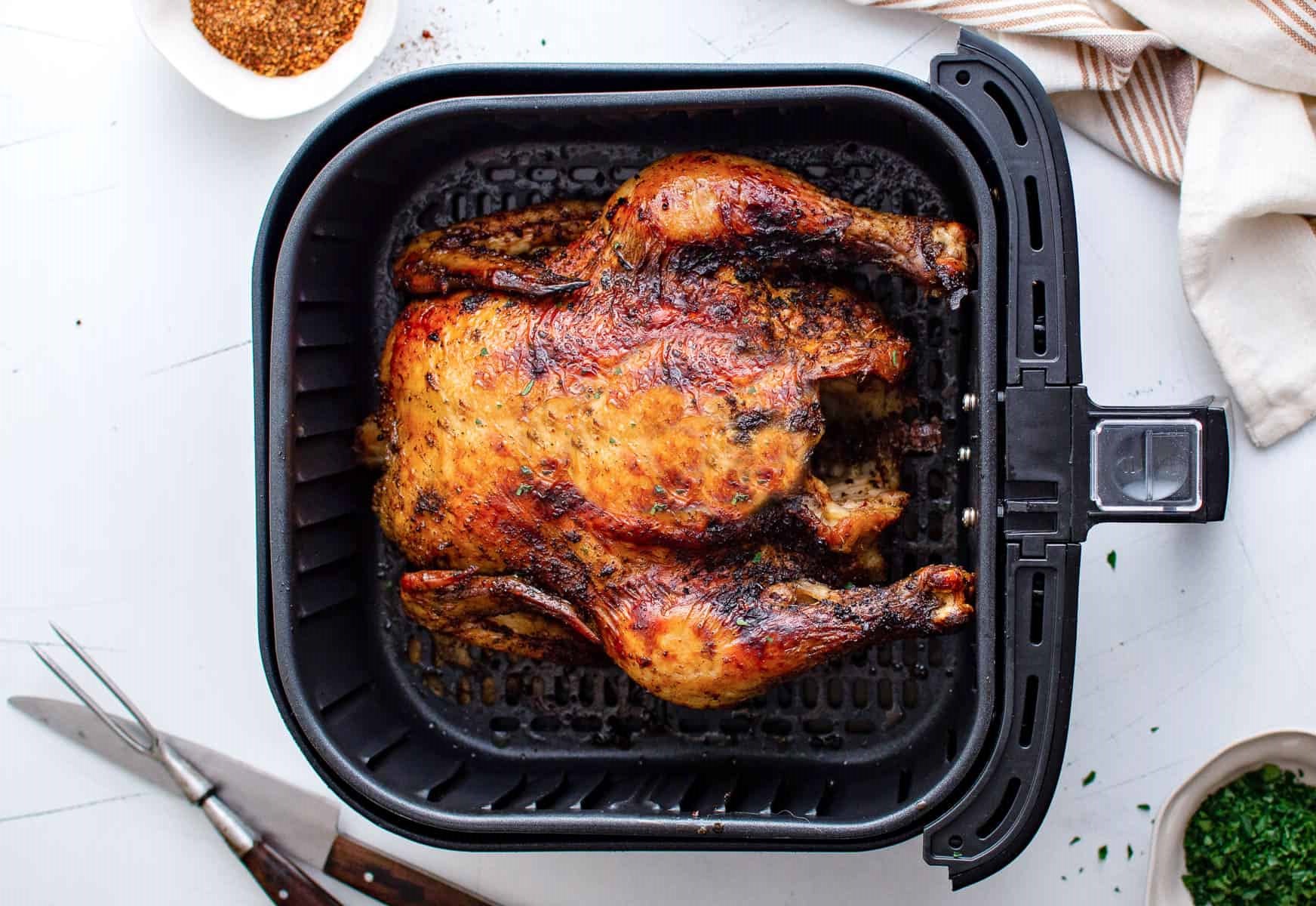
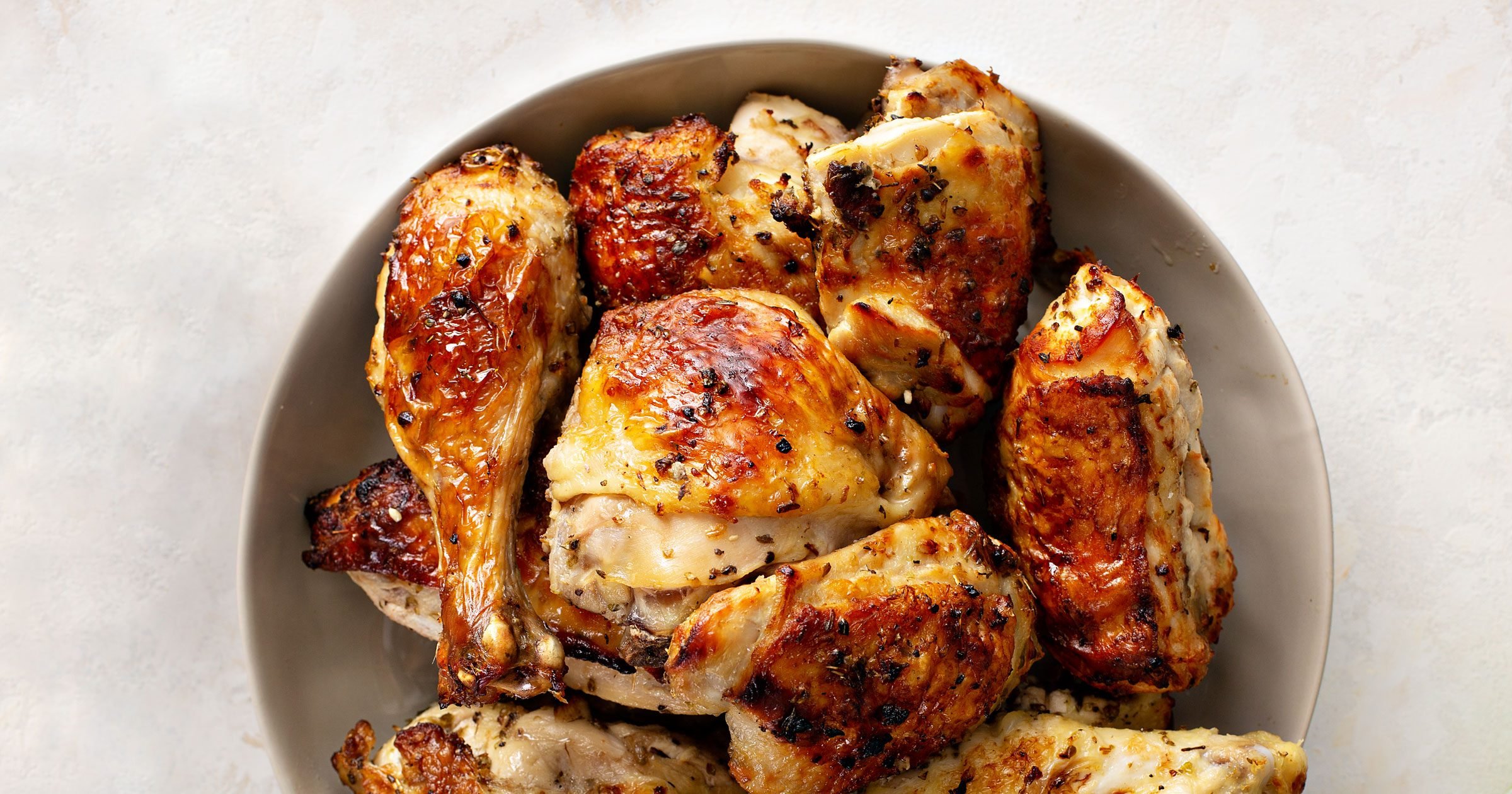



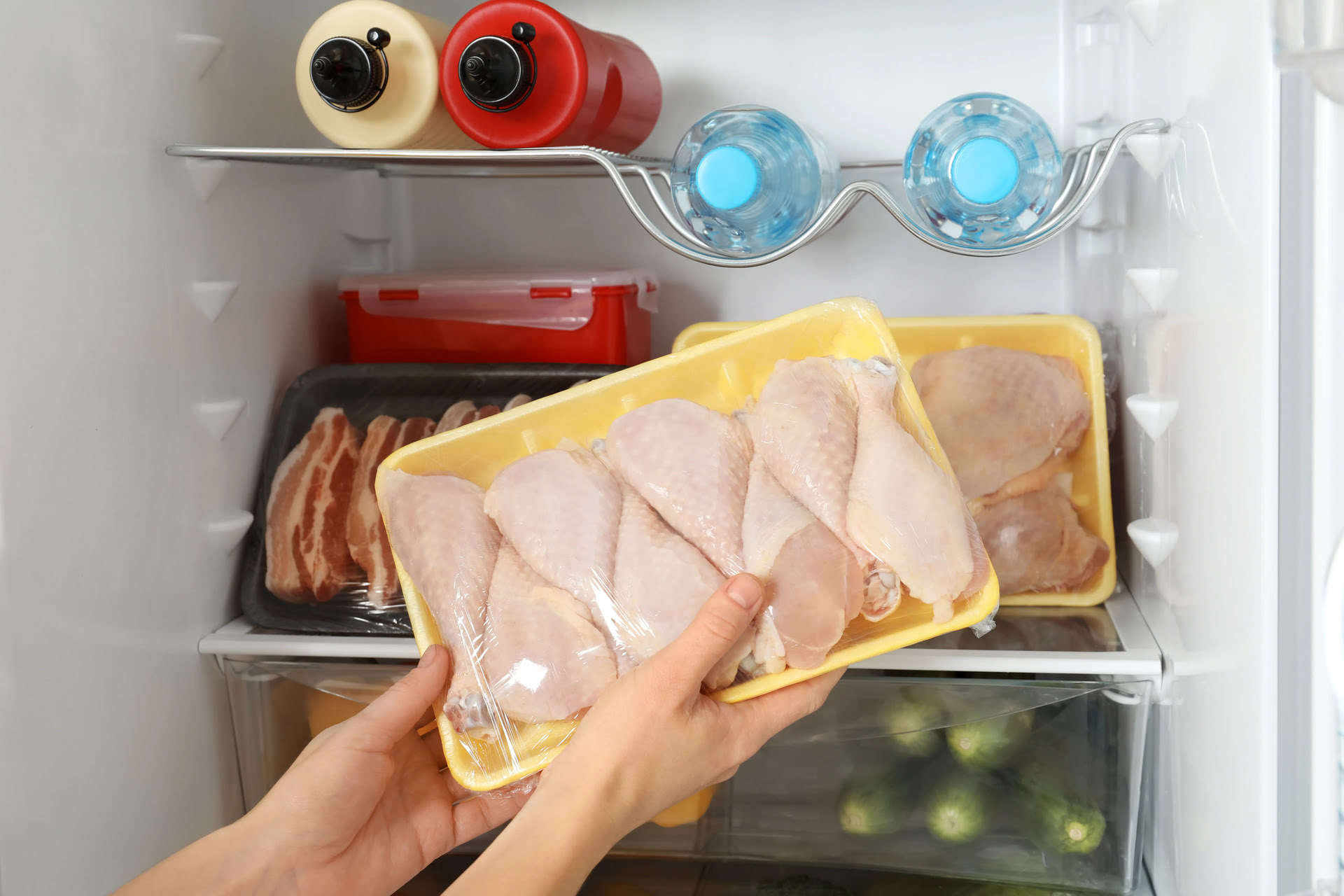


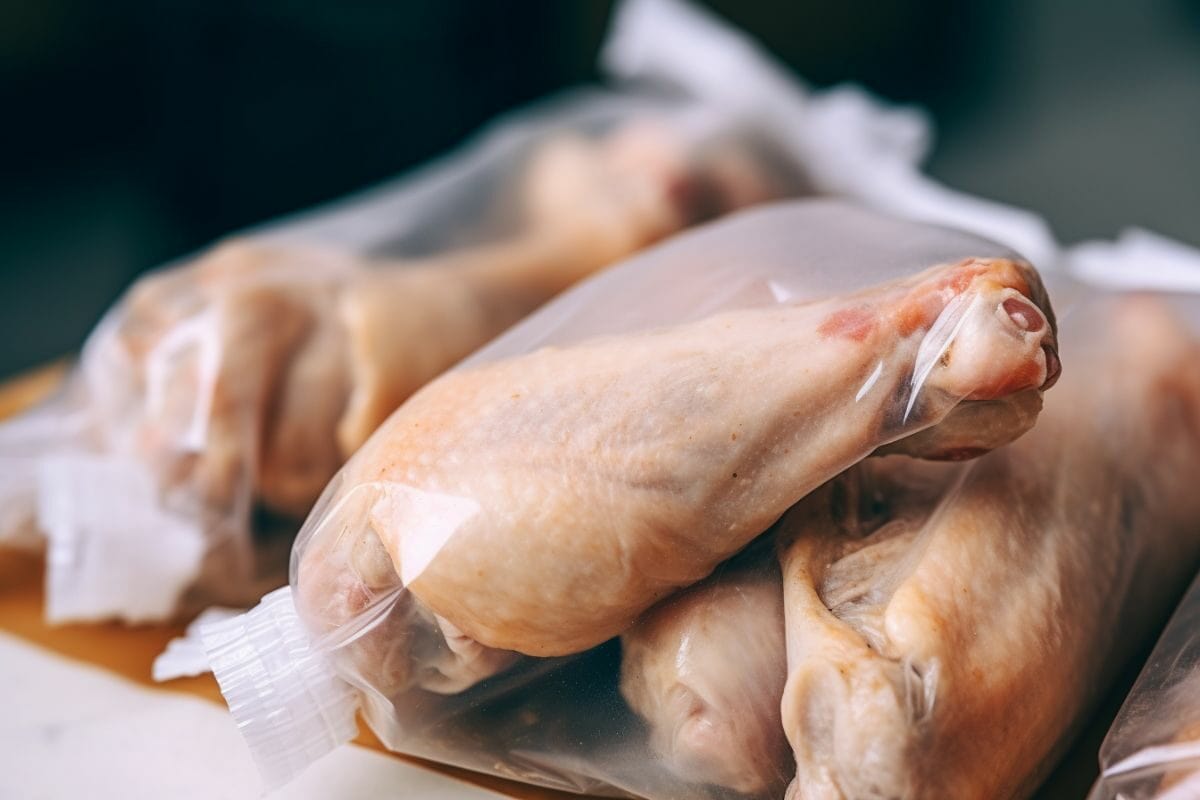

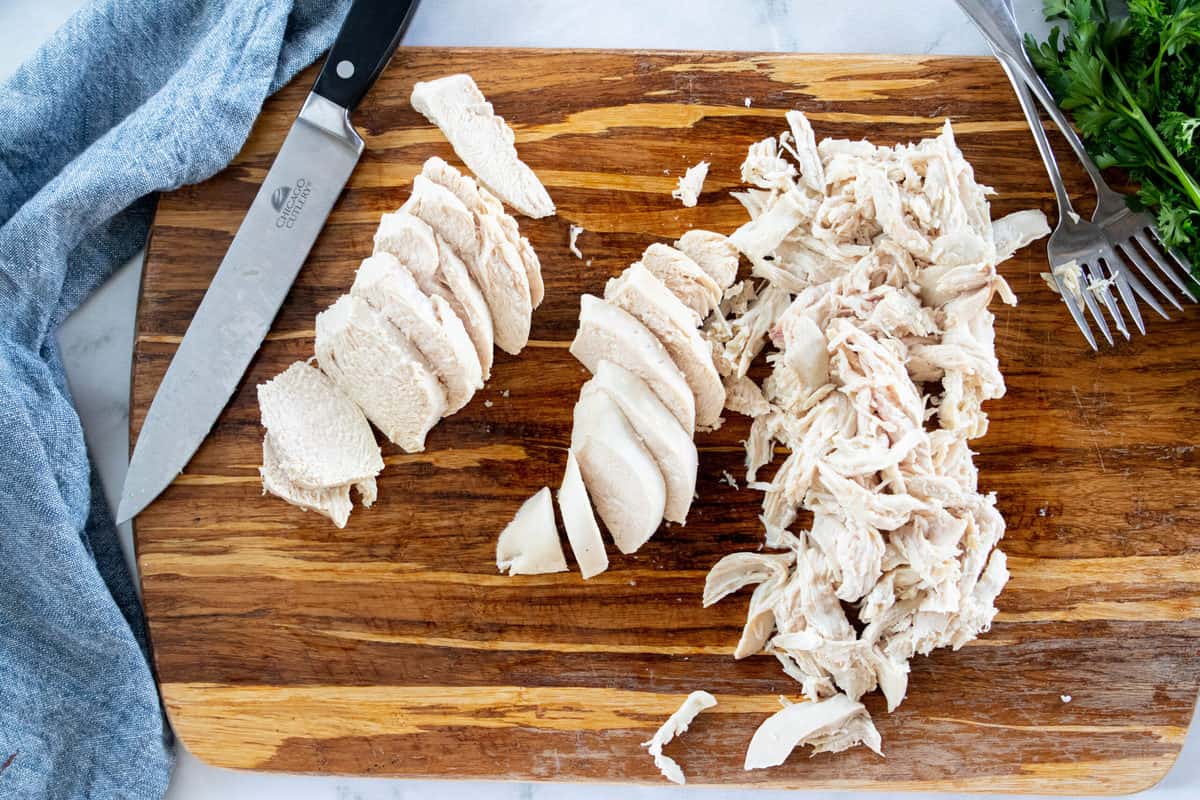
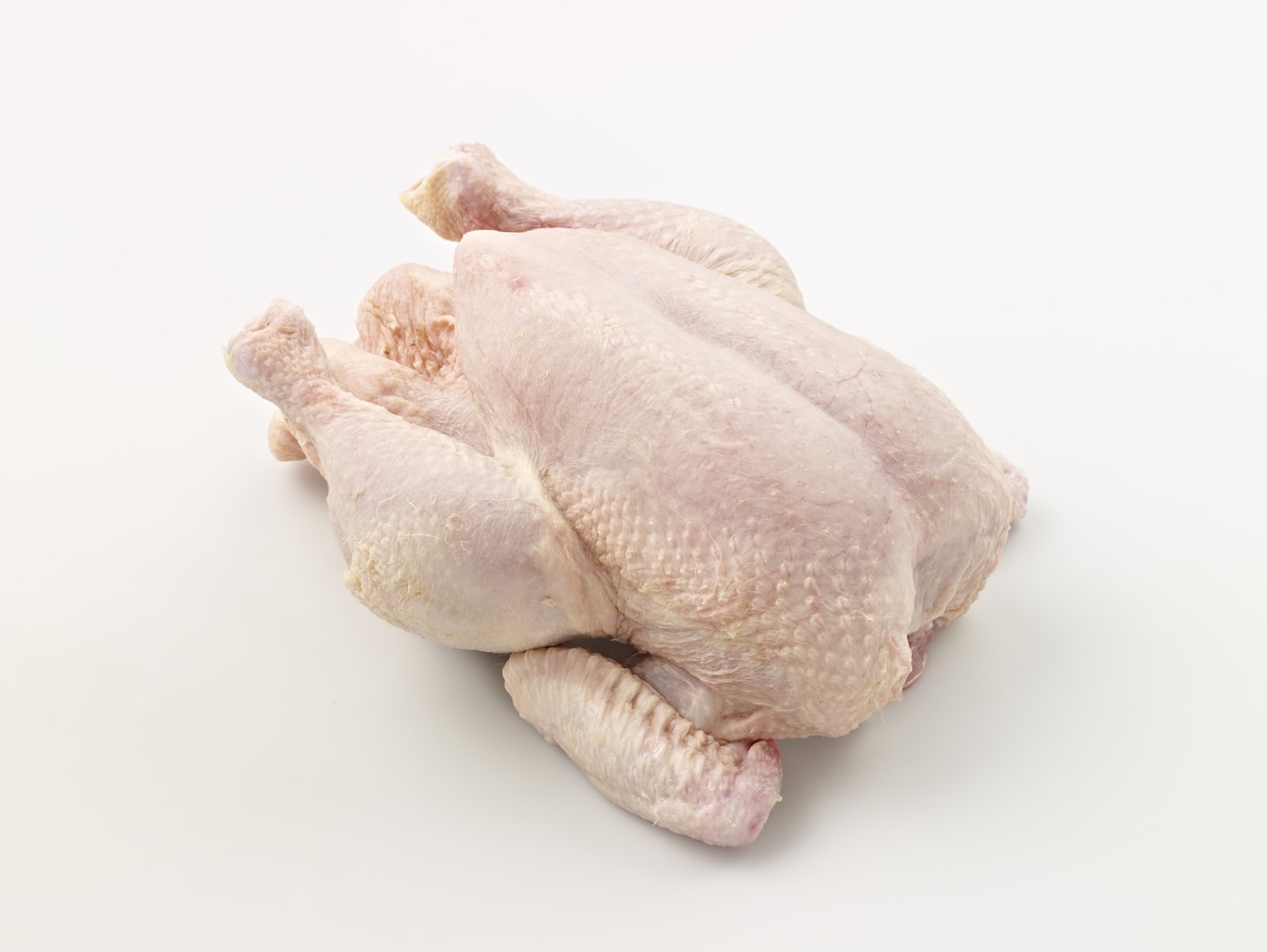
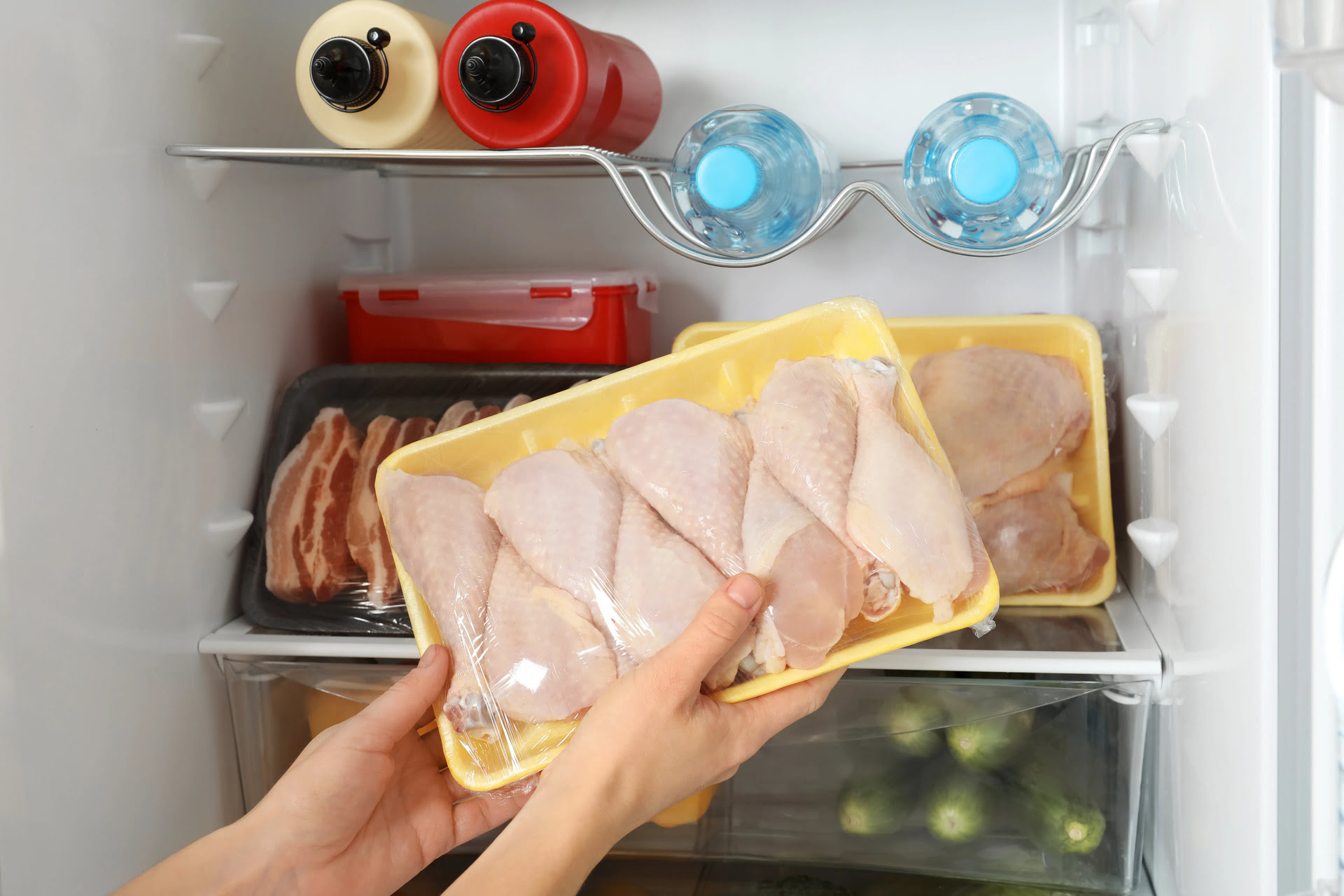

0 thoughts on “How To Store Rotisserie Chicken Until Dinner”